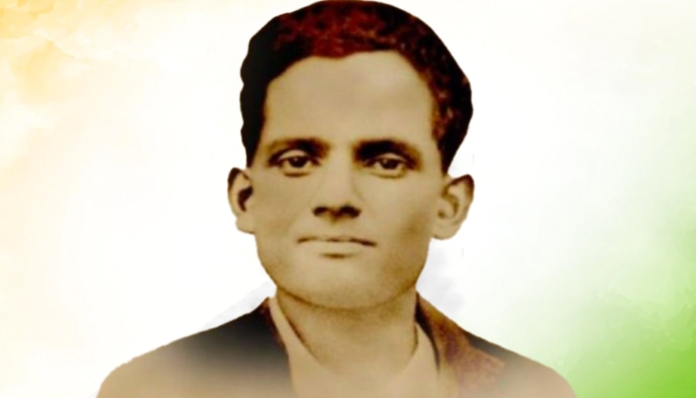The embers of the Independence demand were not simmering down despite the British institutionally capturing and torturing many Indians involved in the Independence struggle. The jails were brimming with blazing young men who had fire in their eyes and hearts to make Mother India independent.
On 14 June 1929, one such firebrand youngster was brought into the Lahore Central Jail. He was Jatindra Nath Das.
Born on 27 October 1904, Jatin Das was a bright young student from Kolkata, who had a deep yearning to serve Bharath and liberate her from the clutches of foreigners. A member of the Anushilan Samiti and he also participated in the Non-cooperation movement. In November 1925, he was arrested and jailed in Mymensingh, in present day Bangladesh, for his revolutionary activities.
Jails in British India were hotbeds for corruption and rampant disregard for human lives. As the jail authorities amassed wealth and became millionaires, the prisoners, especially Bharatiya prisoners were not even given blankets to safeguard themselves from the cold temperatures. The present upholders of human rights had scantly followed them when they ruled us.
Blood boiled when Jatin Das saw the ghastly state of the prison and the monstrous manner in which the prisoners were treated. There, when he was just 21 years old, he went on a hunger strike demanding better treatment of prisoners in jails. He asked for Bharatiya prisoners be treated on par with European prisoners.
For 21 days, he continued pressuring the jail authorities until they finally relented. The warden himself apologised to Jatin Das and made changes to the way they treated the Bharatiya prisoners.
Again in June 1929, he was arrested along with Bhagat Singh and a few others in the Lahore Conspiracy Case wherein they were accused of attempting to murder the person responsible for the death of the freedom fighter Lala Lajpat Rai.
This Lahore prison was worse than the one at Mymensingh. Kitchens infested with cockroaches, rats and pests, unsanitary toilets and unclean dresses: a hell on earth to rot and die miserably.
Along with a few others, Jatin Das once again announced a hunger strike demanding proper treatment of Bharatiya prisoners. But this battle with Hunger and Death did not go in his favour. The History did not repeat itself here, unfortunately.
Days passed, weeks passed, months passed. With each passing moment, his health steadily deteriorated, but his resolve got strengthened day by day,.
Nevertheless, on the 63rd day of his hunger strike i.e. 13 September 1929, the Hunger and Death ate him away completely.
Jatin Das’s life is more than mere animal existence. Death is preferable to a life of discrimination, disgrace, humiliation and slavery is what his life demonstrates to us. Though his animal existence succumbed to hunger and death, his life i.e. memory of him or message of his life transcended the death and lives on to still inspire in us nationalistic fervour and the importance of life of dignity.
In that way: Jatin Das – A Life Transcending its Own Death.

